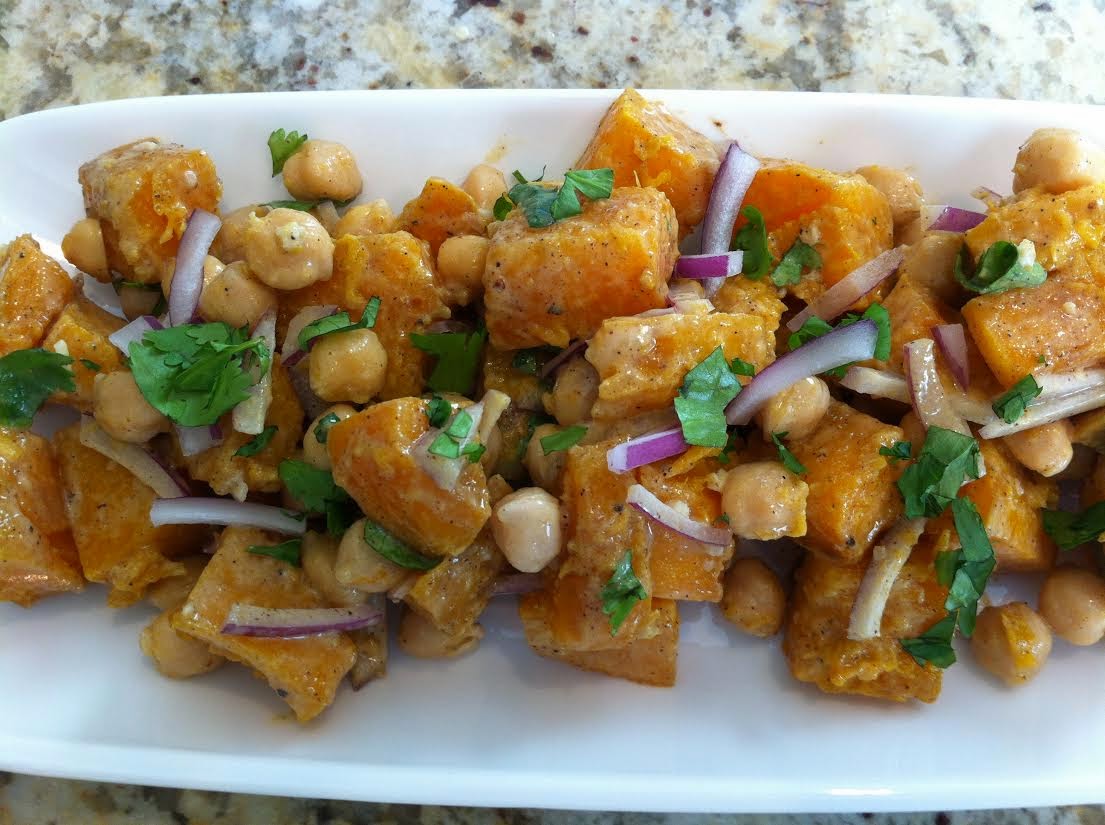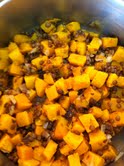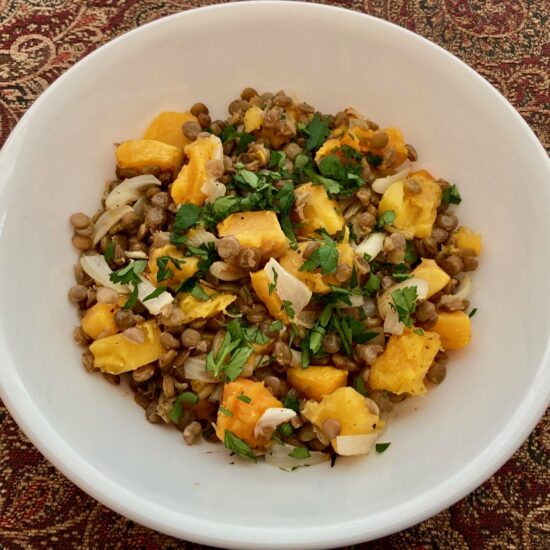Are you tired of using pumpkin in recipes? Why not try
replacing pumpkin with butternut squash?
 |
| Butternut Squash |
After all, butternut squash is probably the most common –
and – popular among winter squash varieties. The squash resembles a large, pear-
shaped, firm fruit, golden-yellow in color, and is appreciated for its edible
fruit, flowers, and seeds. (Butternut squash seeds -just like pumpkin seeds-
are used as nutritious snack food.)
pumpkin, which is good for your skin and eyes. It is also rich in B-complex
vitamins, vitamin C, and the seeds are a good source of dietary fiber and
mono-unsaturated fatty acids. With only 41 calories in a ½ cup serving, it’s a
lot less fattening than its name implies!
In the U.S. butternut squash is abundantly available from
September through mid- December, but since they are native to Central and South
America, they are available year-round.
A good butternut squash should have blemish-free skin and
feel heavy.
stored at room temperature, if left intact. Once cut, however, the cut pieces
must be stored in the refrigerator where they’ll last for only a few days.
How to Cut a Butternut Squash Without Causing Harm:
board – meaning you place a dampened paper toweling- or a piece of non-skid shelf liner – on the work surface, then
place the cutting board on top of that. This helps prevent the cutting board from moving around as you attempt to cut anything.
 |
| Dampened Paper Towel |
 |
| Cutting board on dampened paper towel |
ALWAYS use sharp cutting tools.
ALWAYS stay focused on the task at
hand!
the butternut squash under running water before cutting in order to remove any dust,
soil and residual insecticides/fungicides.
 |
| Step 1 |
1. Since butternut squash has round surfaces, carefully
slice about 1/2 inch from the top and bottom, forming a flat surface.
 |
| Step 2 |
2.Stand the squash upright on the cutting board. Using a
vegetable peeler or sharp paring knife, remove the outer skin of the squash by
running the peeler or knife downward until all of the skin is removed.
 |
| Step 3 |
3. With the squash still in the standing position, carefully
slice down the middle from the stem end.
 |
| Step 4 |
4. Lay the squash down on the board; scoop out the seeds and
membrane with a spoon. Discard membrane, but save the seeds to roast and eat!
Uses For Butternut Squash:
soups, stews, salads, bread, muffins, ravioli filling, casseroles, pies,
pancakes – you get the idea.
Next post: a recipe for Butternut
Squash and Lentil Ragout




